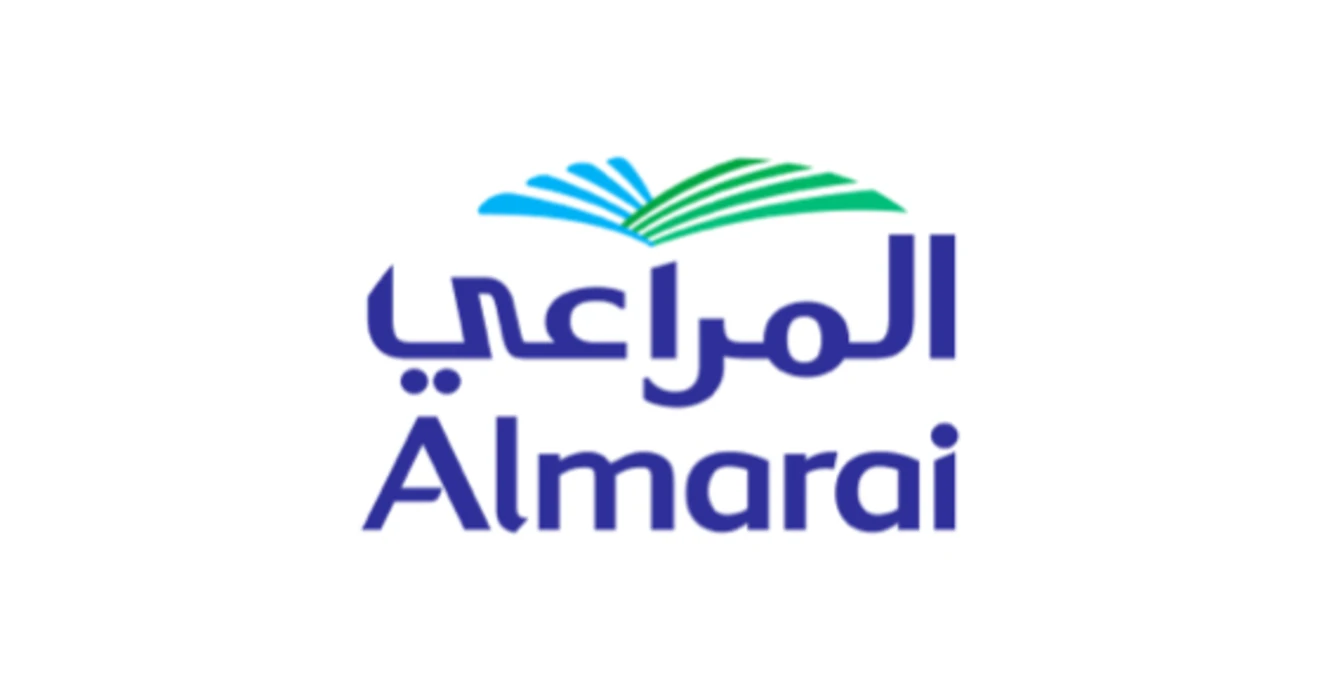Almarai Co JSC
Key Information
HQ:
Saudi Arabia
Market Cap:
$15.26bn
Primary Market:
MENA
Business Type:
Protein Producer
Company Information
Company Summary
Almarai Company, founded in 1977 and based in Riyad, Saudi Arabia, produces dairy, poultry and egg products in Saudi Arabia, Eygpt, Jordan and the wider Gulf Cooperation Council region.
Revenue
Total revenue:
$5.0bn
Revenue by Geography
Revenue by Protein
Revenue by Product Type
Disclosures
CDP ScoresLast Reviewed: 16/10/2024
| CDP Climate | CDP Forests | CDP Water |
|---|---|---|
| No | No | No |
Science Based Target initiativeLast Reviewed: 16/10/2024
| Target classification | Status | Date |
|---|---|---|
| Has not set SBT | - | - |

